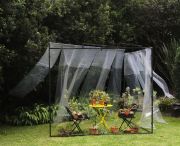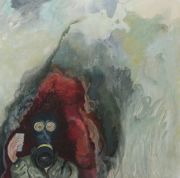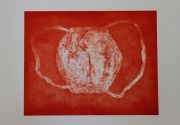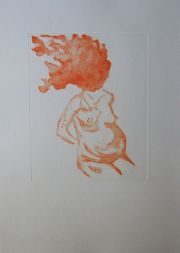Tessa Teixeira
Artist Social
- Facebook: tessateixeiraartpractice
- Instagram: tessateixeira.artpractice
- Pinterest: https://pinterest.com/tessatux
'Environmental philosopher Val Plumwood writes; 'prevailing western culture has created a human - nature dualism - in this world view, nature is radically different from the human and human culture is radically separated from it'
My art practice has developed from my interest in existential philosophy, around thinking about the self, consciousness, and collective consciousness. This has naturally evolved towards responding to climate change and ecological challenges.
My current work is motivated by personal feelings I have felt and experienced over this decade when I have experienced extreme weather events in our Southern African region. The current La Nina, Pacific Ocean weather pattern has increased floods and cyclones. In the previous El Nino pattern, we experienced extreme water shortages in our cities due to extended drought conditions and apocalyptic wildfires in the Western Cape province.
Antonio Damasio writes in his book, 'Feeling and Knowing: making minds conscious' that, "The power of feelings comes from the fact that they are present in the conscious mind: technically speaking, we feel because the mind is conscious, and we are conscious because there are feelings...Feelings were and are at the beginning of an adventure called consciousness."
Bill McKibben (1990) writes 'Over the last century, human life has become a machine for burning petroleum. Humans have lived for thousands of years pyrotechnically. They have been burning, melting, mixing inanimate materials such as coal and iron, resulting in what can only be called runaway fossil fuel consumption.' This has resulted in global climate increased temperatures.
Timothy Morton suggests in his book, 'Hyper objects - philosophy and ecology after the end of the world' that global warming is the most dramatic example of hyper objects. "You cannot 'see' global warming. You only see snapshots of what is a very complex plot of a superset of algorithms that is executing themselves in high dimensional phase space." He says that the intensity of expressionist painting, poetry, music thus expresses something about hyper objects more effectively than any analytical, scientific document can'.
Materially I respond in my work by using materials that act in themselves as conceptual metaphors, in visually representing, and expressing these ideas, such as acrylic paint, cotton canvas, recycled plastic, and carbon capturing plants.










